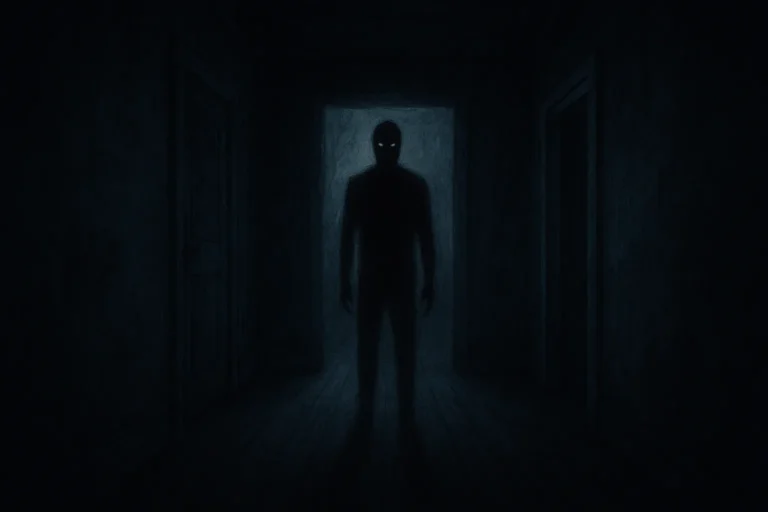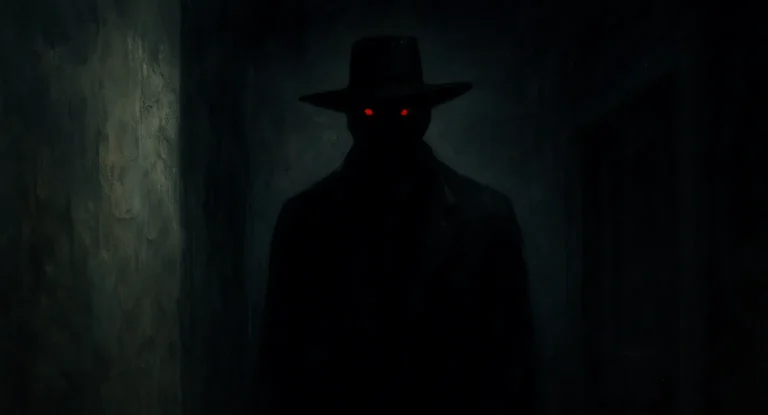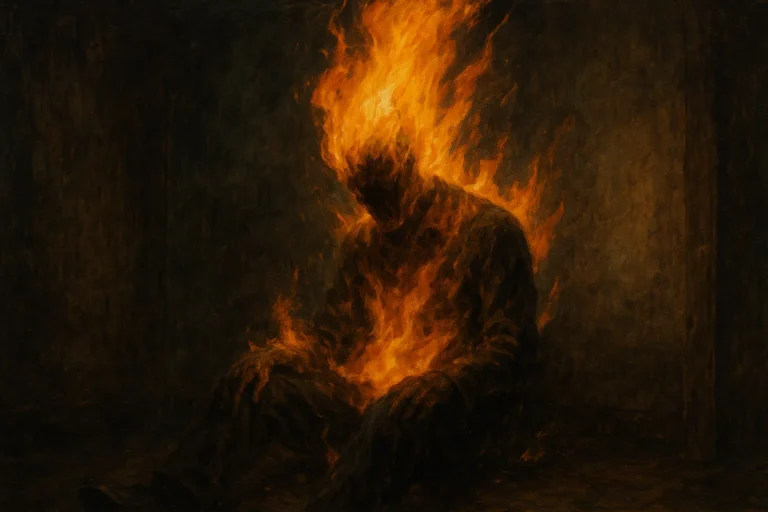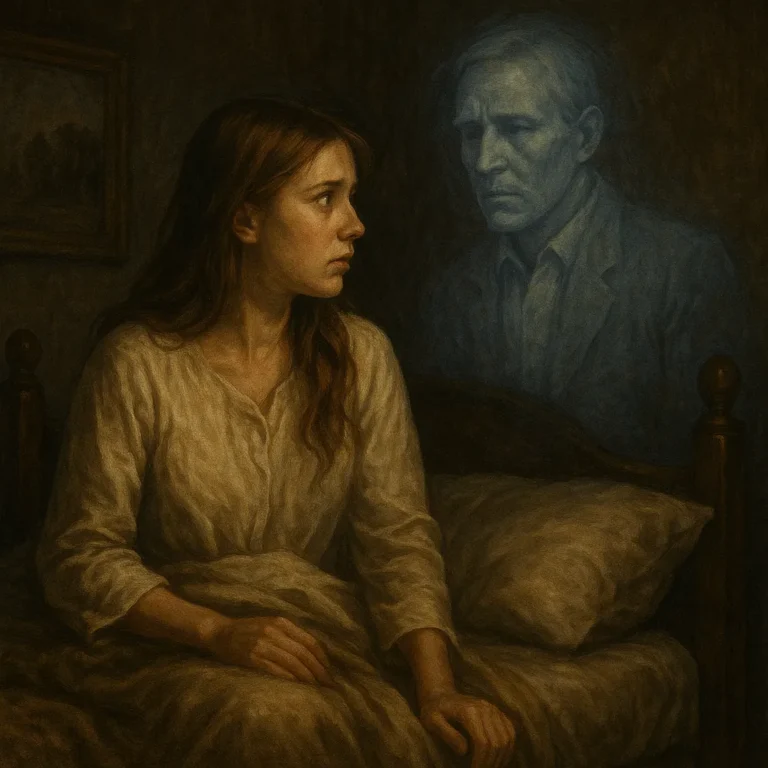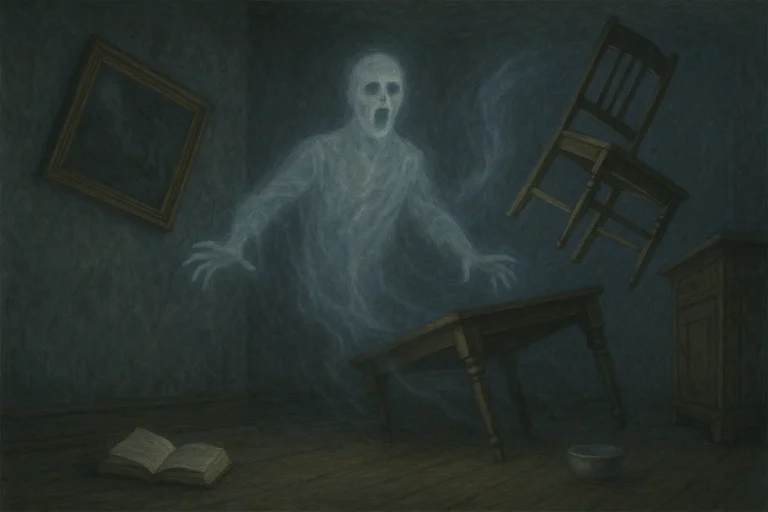Ghosts & Hauntings: Why Spirits May Still Walk Among Us
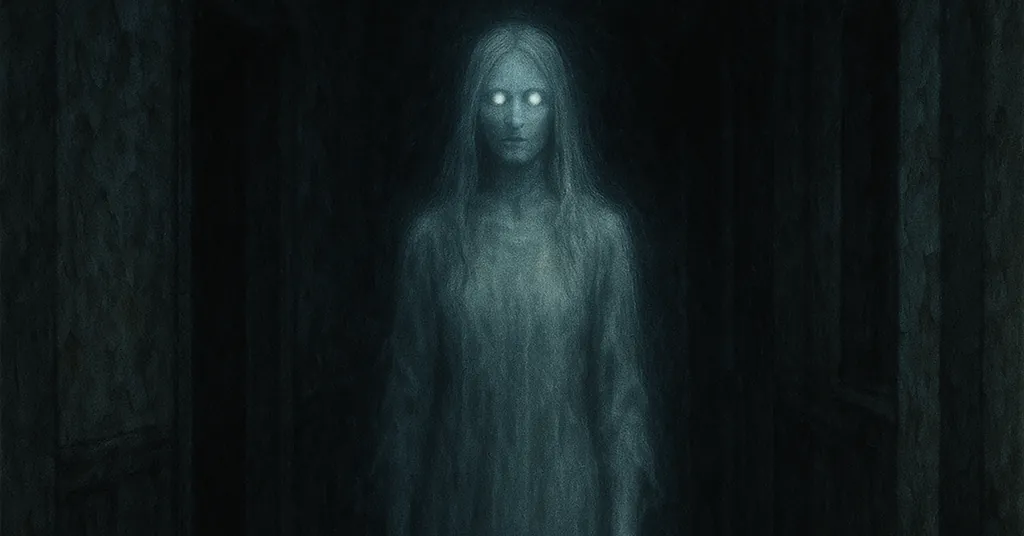
It’s late at night. The house is quiet. But then you hear it — a soft creak in the hallway, a whisper just at the edge of hearing. You check, of course, and no one’s there. Most people brush it off. Maybe it was the floorboards settling, or a breeze through a cracked window. But what if it wasn’t?
Around the world, stories of ghosts have haunted human imagination for centuries. From the crumbling castles of Scotland to the sun-bleached graveyards of the American Southwest, tales of lingering spirits seem to follow us wherever we go. Could there be something more to this age-old belief than mere superstition?
🕯️ The Universal Nature of Ghost Stories
One of the most fascinating things about ghost stories is how widespread they are. Every culture — from the ancient Egyptians to the Chinese Qing Dynasty — has some version of spirits of the dead lingering among the living. In Japan, these spirits are called yūrei, often depicted as pale figures with long black hair, doomed to wander because of unresolved emotions. In Mexican culture, the Day of the Dead honors the belief that ancestors return to visit their families each year.
This universality raises an interesting question: if ghosts aren’t real, why does every culture imagine them in such similar ways? Is it simply a human response to grief and fear of death? Or could it hint at a shared experience — one that transcends borders and generations?
🪦 Graveyards, Historic Sites, and Haunted Homes
Certain places just feel… different. A cold spot in an otherwise warm room. The sensation of being watched. Sudden dread with no clear cause. These sensations are often reported in places tied to death or tragedy — old battlefields, abandoned hospitals, historic prisons, and of course, graveyards.
Homes, too, can become haunted — or so many claim. Paranormal researchers have long studied “residual hauntings,” a term used for spirits that seem to replay certain actions over and over, like a recording stuck on a loop. A woman forever walking down the stairs. A child crying in the attic. These ghosts don’t seem to interact with the living. They just… exist.
On the other hand, “intelligent hauntings” are said to involve spirits that are aware, even responsive. They might move objects, answer questions during spirit box sessions, or be seen standing at the foot of your bed. Chilling, yes — but for those who’ve experienced it, there’s often no doubt that something beyond explanation occurred.
🏚️ Famous Hauntings That Still Raise Questions
Take the Amityville house, for instance. In 1974, a man murdered six members of his family there. A year later, the Lutz family moved in — and claimed they were driven out within a month by violent paranormal activity. Their story became the basis for books and movies, but skeptics called it a hoax. Still, others wonder: why would anyone fake such horror, especially when their claims brought ridicule alongside fame?
Or consider the Tower of London, where multiple sightings of Anne Boleyn’s ghost have been reported for over 400 years. Guards and tourists alike say they’ve seen a headless figure roaming the corridors at night. Is it mass suggestion? Or does something linger where injustice once reigned?
One of the most well-documented hauntings is that of the Borley Rectory in England, once dubbed “the most haunted house in England.” Reports of ghostly nuns, phantom footsteps, and messages written on walls spanned decades. Investigators came and went, some calling it proof of the paranormal, others pointing to clever trickery. Yet even after the building was destroyed by fire, strange occurrences were still reported on the site.
If you’re curious to dive deeper, the Borley Rectory hauntings have been covered extensively in paranormal literature and mainstream historical records.
💨 Scientific Explanations — or Just Rationalizations?
Skeptics have long tried to explain away ghost sightings with science. Common theories include infrasound (low-frequency sound waves that can cause feelings of unease), carbon monoxide poisoning (which can lead to hallucinations), and electromagnetic fields affecting the brain.
Psychologists suggest that when people are already in a heightened emotional state — perhaps grieving, anxious, or fearful — they are more likely to interpret ambiguous stimuli as paranormal. A creak becomes a footstep. A shadow becomes a figure.
But here’s the thing — not all hauntings happen to the emotionally vulnerable. Some occur in the middle of the day. To people who weren’t thinking about ghosts at all. How do you explain a group of firefighters who all saw the same apparition in a burning building? Or a family dog who growls at a corner of the room every night at 3:00 a.m.?
While science offers compelling explanations for some experiences, it doesn’t explain them all. And that’s where mystery thrives.
🕯️ Why Do Ghosts Linger?
Many spiritual traditions believe that ghosts are souls trapped between worlds. Perhaps they died suddenly, violently, or with unfinished business. Others believe these spirits may be confused, unaware that they’ve passed on. Still others suggest that it’s not the dead who are haunting us — but energy imprinted onto a place by intense emotion.
Mediums and psychics claim to be able to help these spirits move on. Through rituals, prayers, or conversation, they offer closure. Sometimes, after such sessions, the activity stops. Sometimes, it doesn’t.
Skeptics say it’s placebo. Believers say it’s proof. Who’s right? Maybe both. Or maybe neither. The truth may lie somewhere just beyond our reach — like the ghost at the end of the hallway, always one step ahead.
🌫️ A Mystery That Refuses to Die
So, do ghosts exist?
That’s not a question with a simple answer. For some, the idea is nonsense — the product of overactive imaginations and creaky floorboards. For others, it’s a part of life, something they’ve experienced firsthand and don’t need to justify.
What’s certain is this: ghost stories continue to capture our imaginations. They remind us that the world might still hold secrets. That death may not be the end. That, perhaps, the past isn’t as far behind us as we think.
And so we keep watching. Listening. Wondering. Because sometimes, in the stillness of an old house or the shadows of a moonlit graveyard, it feels like something is watching back.
Could it be a trick of the light?
Or could it be something more?

